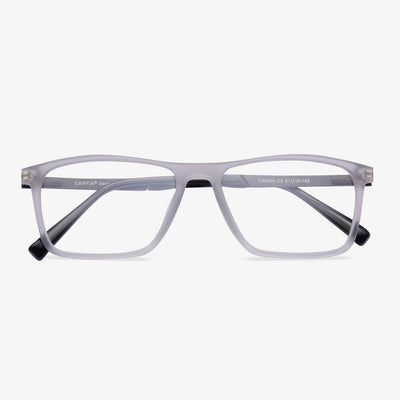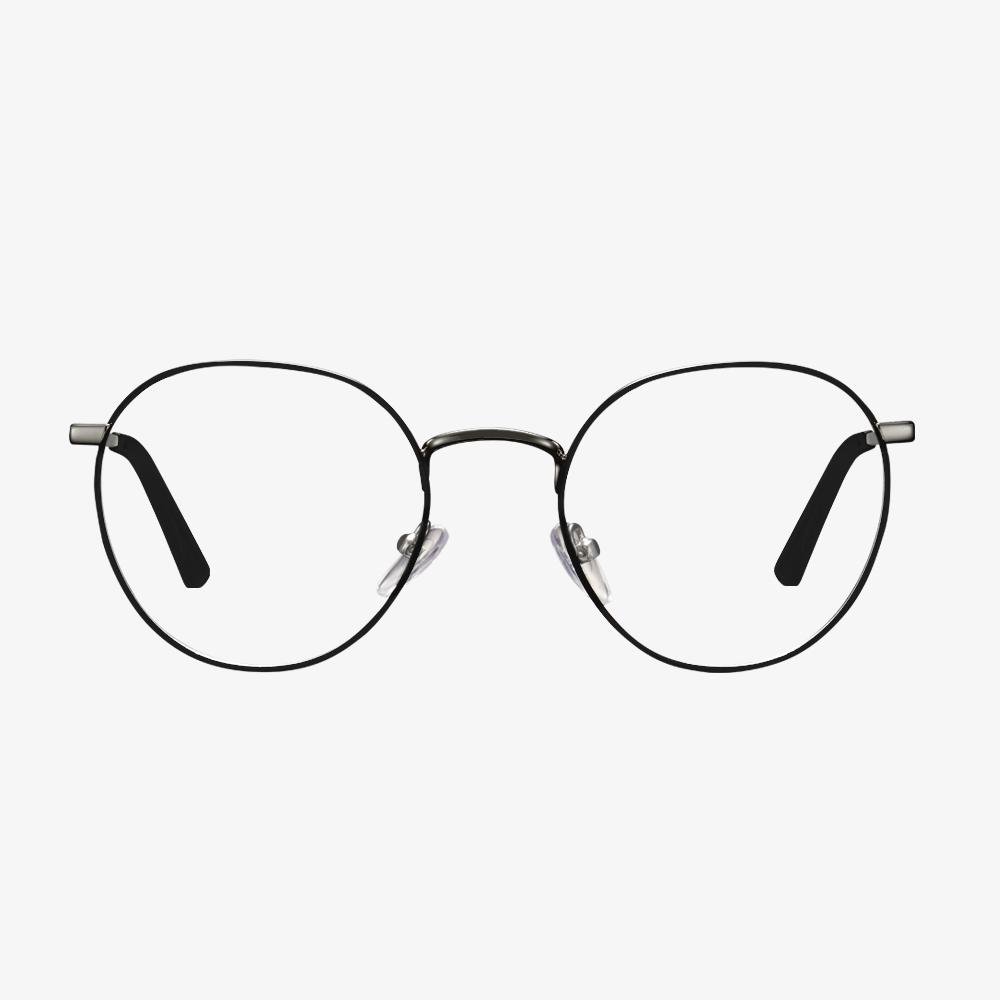Why are blue light glasses yellow?
The material of the lens makes it turn yellow. If it's just blue and the lens is yellow, that's the material itself. Blue light glasses can weaken blue light entering human eyes. Blue light is mainly produced by mobile phones and computers in life. The blue light on the electronic screen is unchanged, so a film can only be designed on the lens to absorb blue light. This can effectively reduce blue light. The complementary color of blue light is yellow, so the yellowing of the anti-blue lens is normal. The material of an anti-blue light lens can effectively shield the blue light. If the blue light is removed from the white light we usually see, it will show yellow, which is a normal phenomenon.
Reading Glasses
At present, there are two prescriptions for reading glasses. One is to adjust the power of glasses with clear objects at close range, plus 1/3 of the power for adjustment. The other is to use low power that can see close objects clearly. The practice of many elderly people has proved that the latter one is better between two methods.
Roger Bacon
One of the first people credited with inventing glasses was an English friar in the 13th century, Roger Bacon. In his Opus Majus (c. 1266), he outlined the scientific principles of the use of corrective lenses. Some writers believed that monks or friars possessed secret knowledge about glasses, which they later disseminated around the world. Most famously, William Molyneux wrote in his Dioptrica Nova (1692). Unfortunately, there is no evidence that Bacon ever applied his theoretical knowledge of perspective (optics).
What is the processing technology to make the lens thin?
For myopic lenses, the larger the diameter, the thicker the edge. Therefore, for customers with high myopia, we will recommend frames with smaller ring diameters, so that the edges of the processed lenses will be thinner. The edges of farsightedness lenses are already very thin (convex lenses are thick in the middle and thin on the sides), and the key determinant of lens thickness is the center thickness. In addition to the refractive index, which affects the thickness of the farsightedness lens, the influence of diameter is more important. Therefore, for patients with farsightedness, the most effective way to make lenses lighter and thinner is to choose a smaller frame and then customize a pair of lenses with the right diameter.
The Advantages of Polycarbonate Glasses
In fact, polycarbonate glasses come with several benefits and this section will show some of them.
First, polycarbonate glasses are safe and are virtually unbreakable. A study found that polycarbonate glasses were more impact-resistance than glasses or other types of plastic lenses.
Second, polycarbonate glasses are thinner than other types of lenses. This feature makes them ideal for people who have strong prescriptions. Lighter and thinner eyeglasses are less likely to slip off your nose and are more comfortable for everyday wear.
Third, extended exposure to UV radiation from the sun can cause damage to your eyes and lead to some eye conditions such as cataracts or macular degeneration. Of course, polycarbonate glasses can block out harmful UV rays from the sun and provide good protection for your eyes.
However, there are some negative voices of polycarbonate lenses.
What is an aspheric lens?
Strictly speaking, any lens with a refractive surface that is not a sphere is an aspheric lens, including ordinary astigmatism lens, progressive multi-focal lens, Aspheric apical lens, etc. But customarily, our daily aspheric lens refers to the Aspheric apical lens. From the center of the lens to the periphery, the radius of curvature increases (the surface of the lens flattens out).
To protect the lens.
Avoid getting chemicals on your glasses, and if you do, rinse with water immediately. If there is sweat and grease on the glasses, they should be washed to avoid corrosion. Do not use clothes or towels to wipe the lenses. Rubbing the lens with a rough cloth can cause scratches on the surface of the lens. So it is best to use special glasses cloth when you wipe the lenses, and when you wipe the glasses, you must hold the glasses on one side of the frame with your hand, and then gently wipe the glasses with the glasses cloth. Remember not to overexert, otherwise, it is easy to cause frame and lens damage.


















































